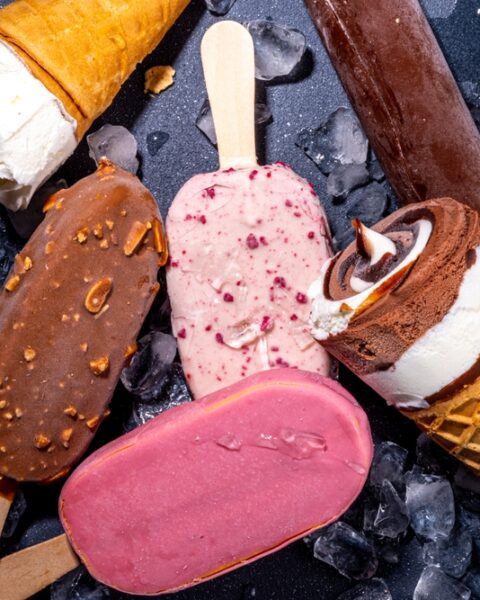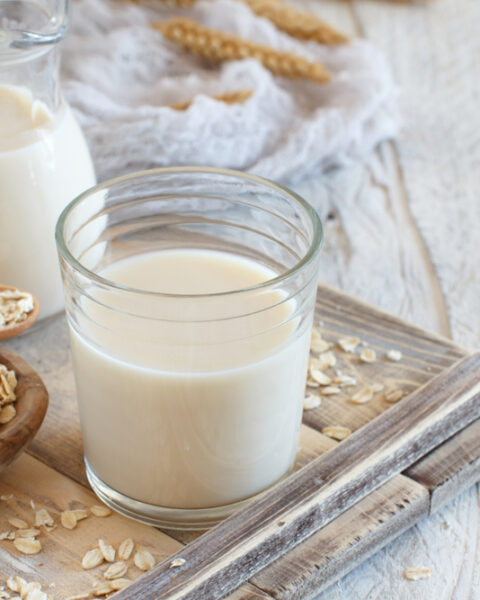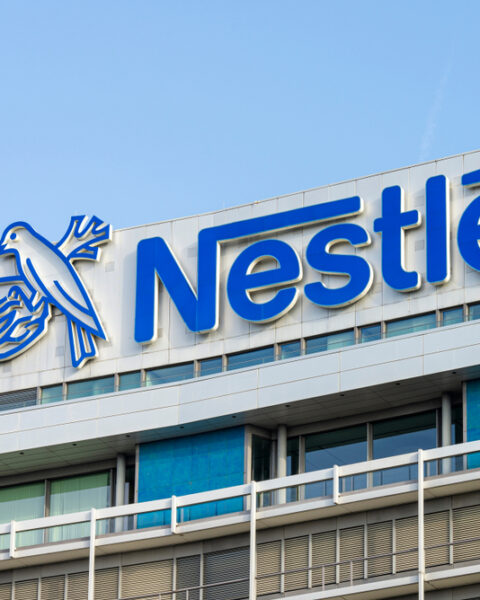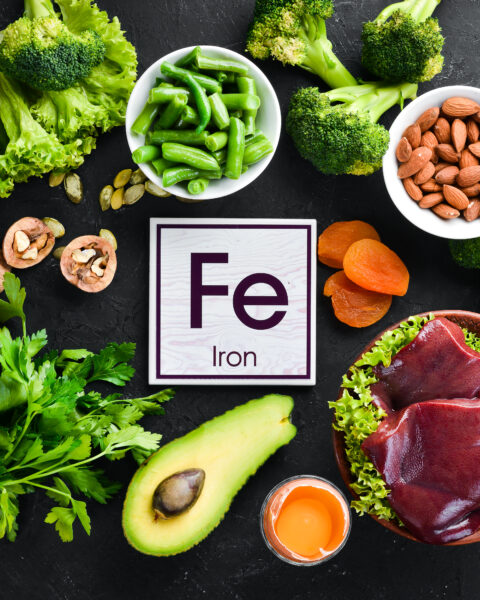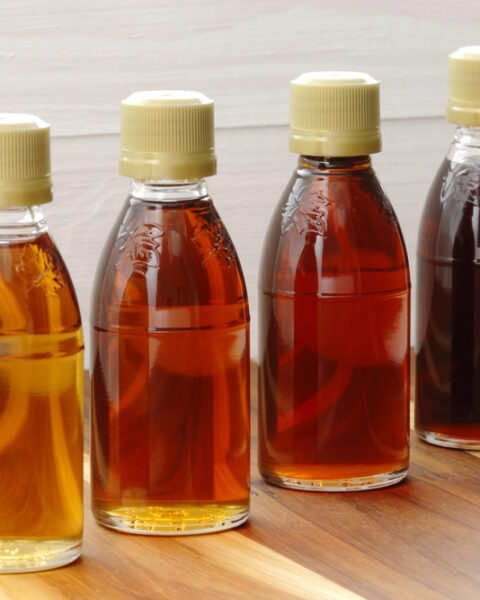When talking about heart health, it’s always smart to keep an eye on your sodium intake. Many of the foods we eat daily, especially those handy processed ones, can be loaded with salt, which isn’t great news for our cardiovascular system. This isn’t just about avoiding added salt; it’s more about being aware of the hidden sodium in foods you wouldn’t suspect. From your morning slice of bread to that quick frozen dinner after a long day, sodium sneaks in there, pushing us way past the healthy limits without even trying. So, taking control of your sodium intake can really make a difference in keeping your heart running smoothly.
Contents
Processed Meats
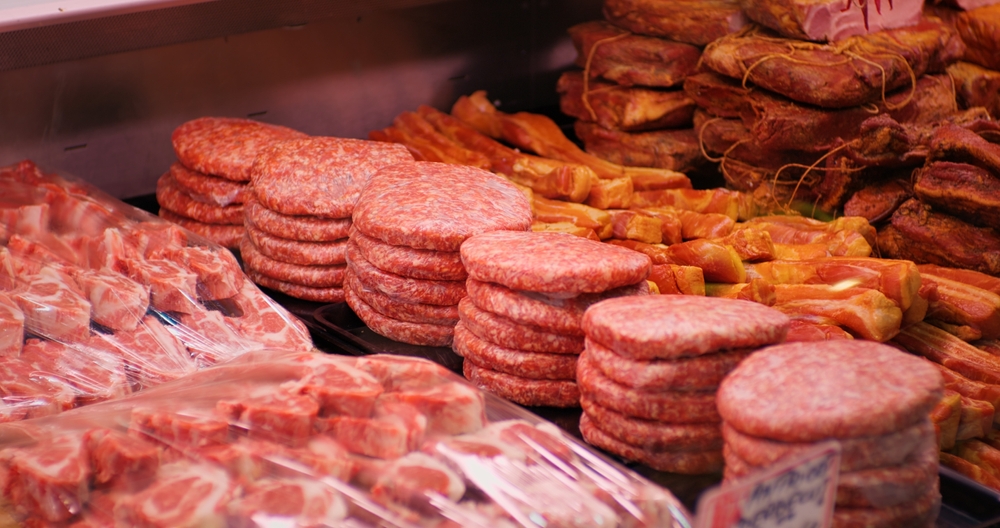
Processed meats, such as bacon, ham, sausage, and deli meats, are notoriously high in sodium. These meats are often preserved with salt, making them a significant source of sodium in many diets. Consuming high amounts of processed meats can contribute to elevated blood pressure and increased risk of heart disease. Additionally, they contain unhealthy fats and preservatives, which further impact heart health. It is recommended to limit or avoid these meats to maintain a healthier cardiovascular system.
Canned Soups
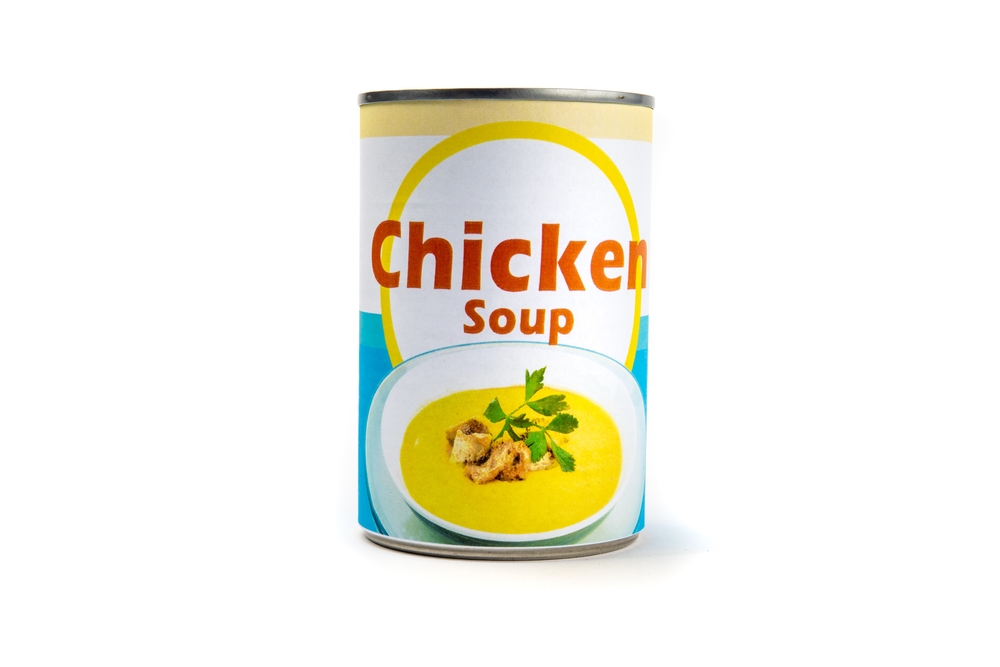
Canned soups are convenient but often contain high levels of sodium, sometimes exceeding the daily recommended intake in a single serving. Manufacturers add salt to enhance flavor and preserve the product, but this can be detrimental to heart health. Regular consumption of high-sodium canned soups can lead to hypertension and increased risk of heart disease. Opting for low-sodium or homemade soups can be a healthier alternative. Always check the nutrition label for sodium content before purchasing.
Frozen Dinners
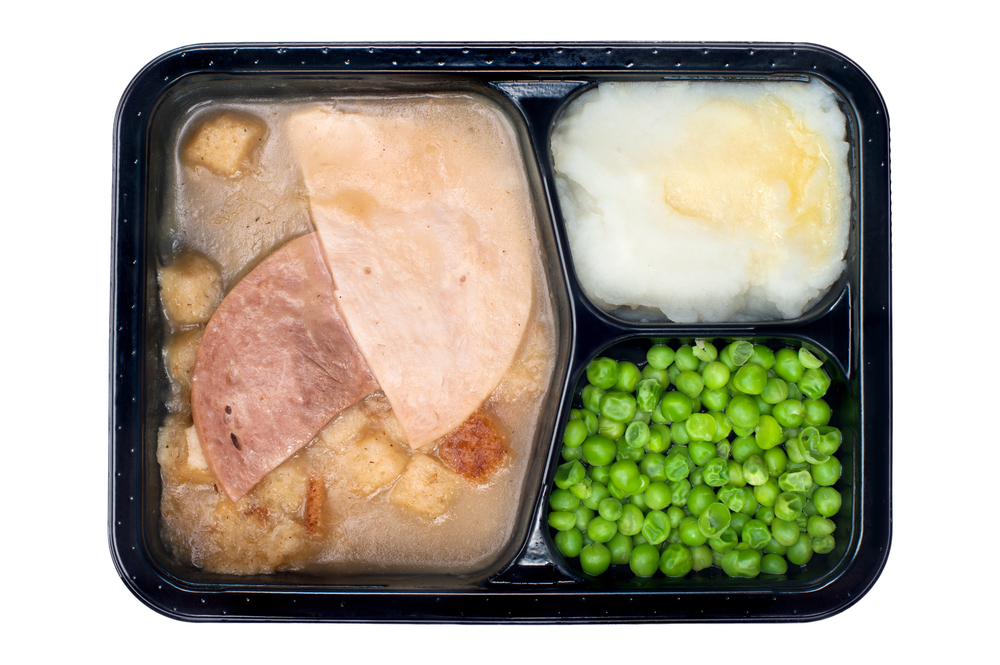
Frozen dinners, including pizza and ready-to-eat meals, are typically high in sodium. The sodium is used to preserve the food and enhance taste, making these meals convenient but unhealthy choices. Frequent consumption of frozen dinners can lead to an excessive intake of sodium, contributing to high blood pressure and heart problems. Choosing fresh, whole foods over processed frozen meals is a better option for heart health. Preparing meals at home allows for better control over sodium intake.
Snack Foods
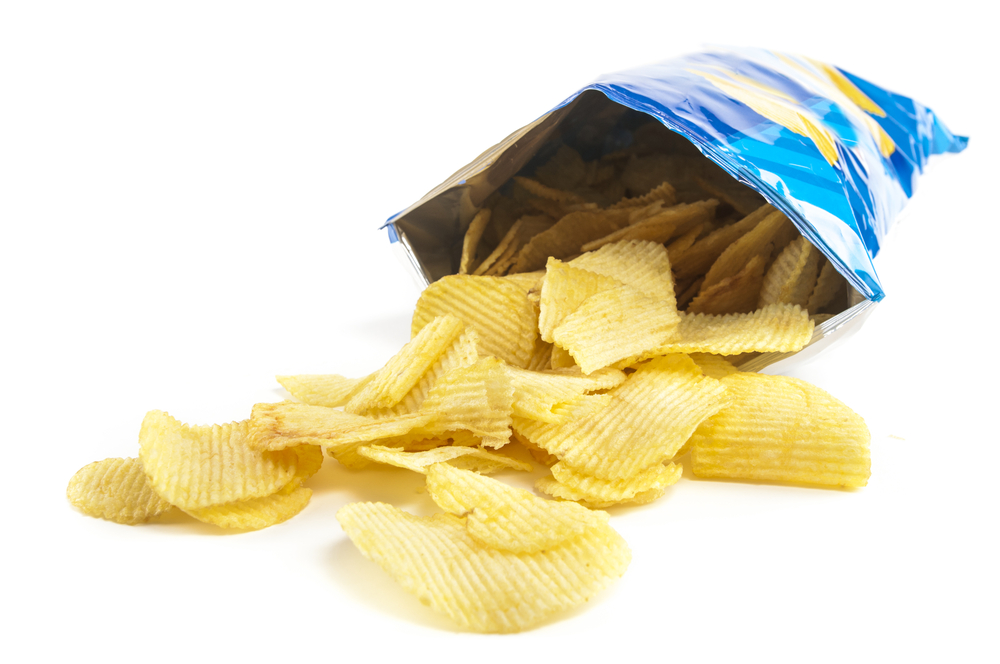
Snack foods like chips, pretzels, and crackers are often loaded with sodium. These snacks are designed to be addictive, partly due to their high salt content. Eating these foods regularly can lead to an increased risk of hypertension and heart disease. It’s important to read labels and choose low-sodium versions or healthier snacks like fruits and vegetables. Reducing the intake of salty snacks can significantly benefit overall heart health.
Condiments and Sauces
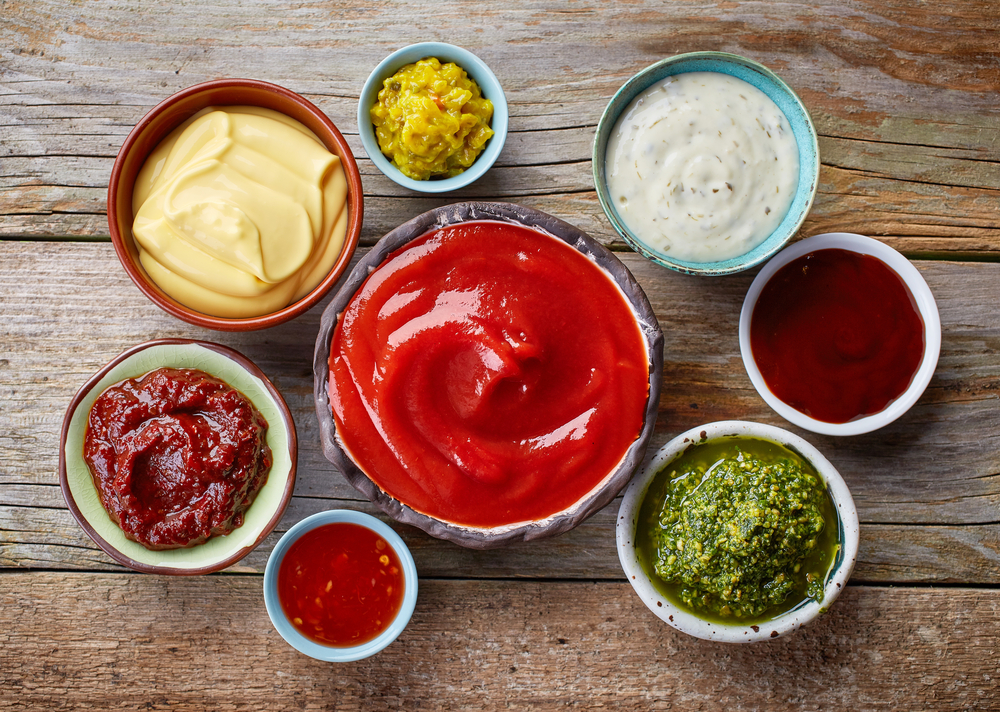
Many condiments and sauces, such as soy sauce, ketchup, and salad dressings, contain high levels of sodium. These items can add a substantial amount of sodium to meals, even in small quantities. Overuse of these condiments can contribute to elevated sodium levels in the diet, increasing the risk of heart disease. Opting for low-sodium versions or making homemade condiments can help reduce sodium intake. Being mindful of portion sizes is also crucial.
Canned Vegetables

Canned vegetables are often preserved in saltwater, making them high in sodium. Although vegetables are generally healthy, the added sodium in canned varieties can negate some of their benefits. Excessive sodium intake from canned vegetables can contribute to high blood pressure and heart disease. Rinsing canned vegetables before consumption can help reduce sodium content. Alternatively, choosing fresh or frozen vegetables without added salt is a healthier choice.
Breads and Rolls
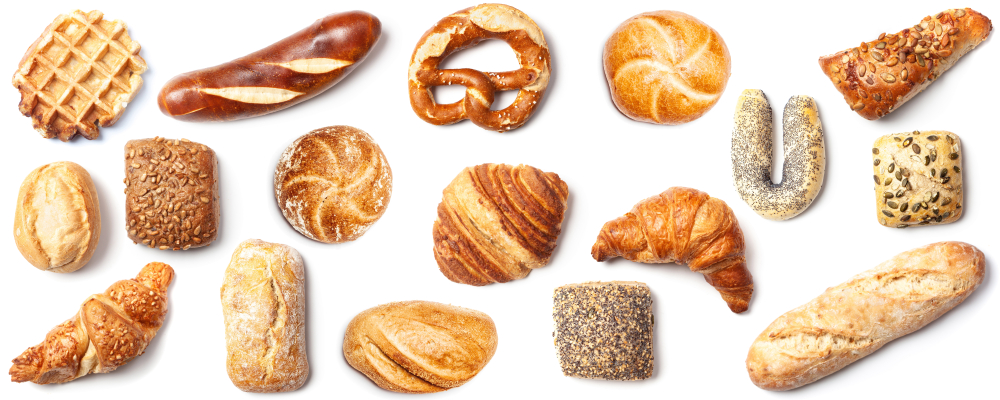
Breads and rolls can surprisingly contribute a significant amount of sodium to the diet. While they may not taste salty, many commercial breads contain added salt for flavor and preservation. Regular consumption of high-sodium bread products can lead to increased sodium intake, posing a risk to heart health. Checking labels and opting for low-sodium or whole-grain bread options can help manage sodium levels. Reducing portion sizes can also make a difference.
Cheese
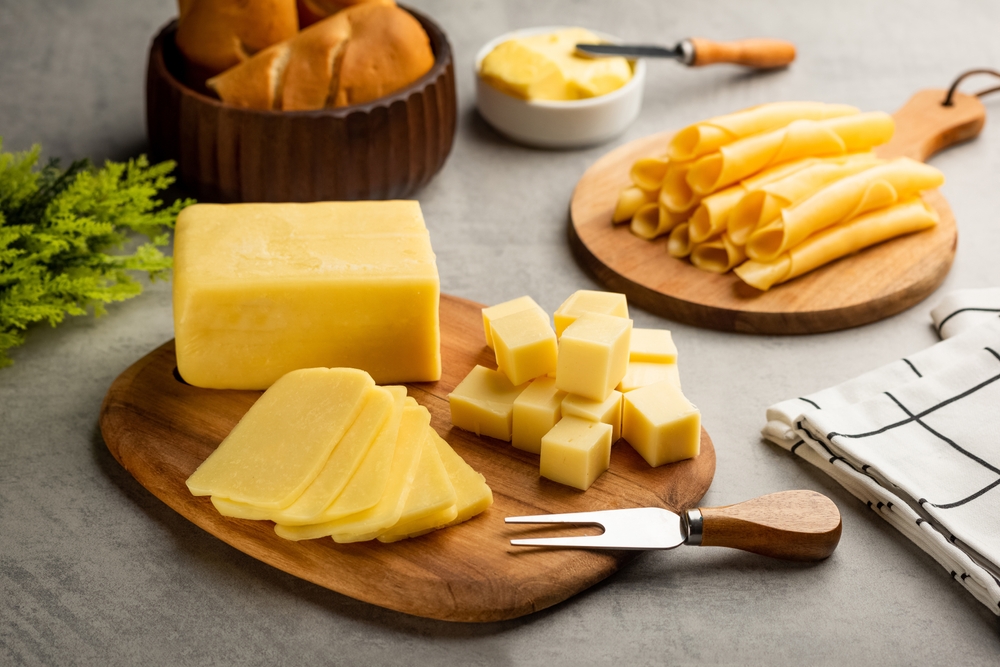
Cheese is another food that can be high in sodium, particularly processed and aged varieties like cheddar, feta, and Parmesan. The salt is used in the cheese-making process to enhance flavor and extend shelf life. Consuming high-sodium cheese regularly can contribute to elevated blood pressure and heart disease risk. Choosing low-sodium cheese options or consuming cheese in moderation can help maintain better heart health. Incorporating other low-sodium dairy alternatives can also be beneficial.
Pickles and Olives
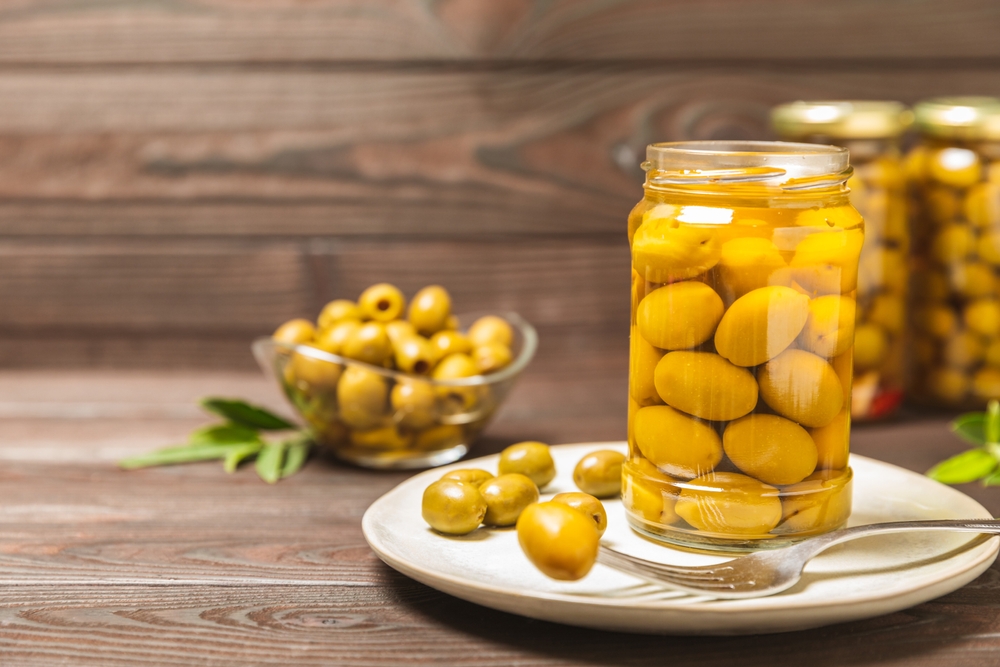
Pickles and olives are often preserved in brine, which is a high-sodium solution. While these foods can add flavor to meals, their high sodium content can contribute to excessive sodium intake. Regular consumption of pickles and olives can increase the risk of high blood pressure and heart disease. Limiting portion sizes or choosing low-sodium versions can help reduce sodium intake. Fresh vegetables can be a healthier alternative to pickled options.
Instant Noodles
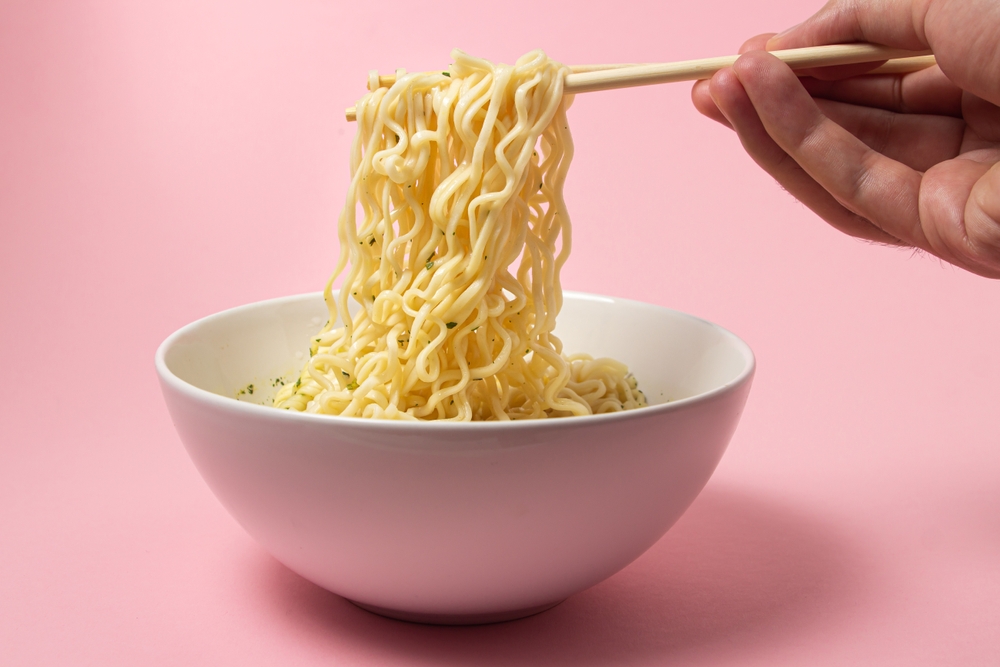
Instant noodles are a popular convenience food but are notoriously high in sodium. The seasoning packets included in instant noodle packages contain large amounts of salt, which can contribute to excessive sodium intake. Frequent consumption of instant noodles can lead to elevated blood pressure and increased risk of heart disease. Opting for healthier alternatives, such as homemade noodle dishes with fresh ingredients, can help manage sodium levels. Reading labels and choosing lower-sodium options can also make a difference.
This article originally appeared on RetailShout
More From RetailShout
22 Genius Tips for an Organized Pantry

Keeping your pantry organized can feel like a never-ending battle, but with a few creative strategies, it can be a breeze. Imagine opening your pantry door to find everything neatly in place, with a spot for every item and no more frustrating searches for that elusive jar of spices. Read More.
12 Creative Ways to Organize with Mason Jars

When it comes to organizing your home, mason jars are incredibly versatile and handy. They’re not just for canning anymore; you can use them in so many creative ways to tidy up every room. Read More.
11 Nostalgic Childhood Foods From Around The World
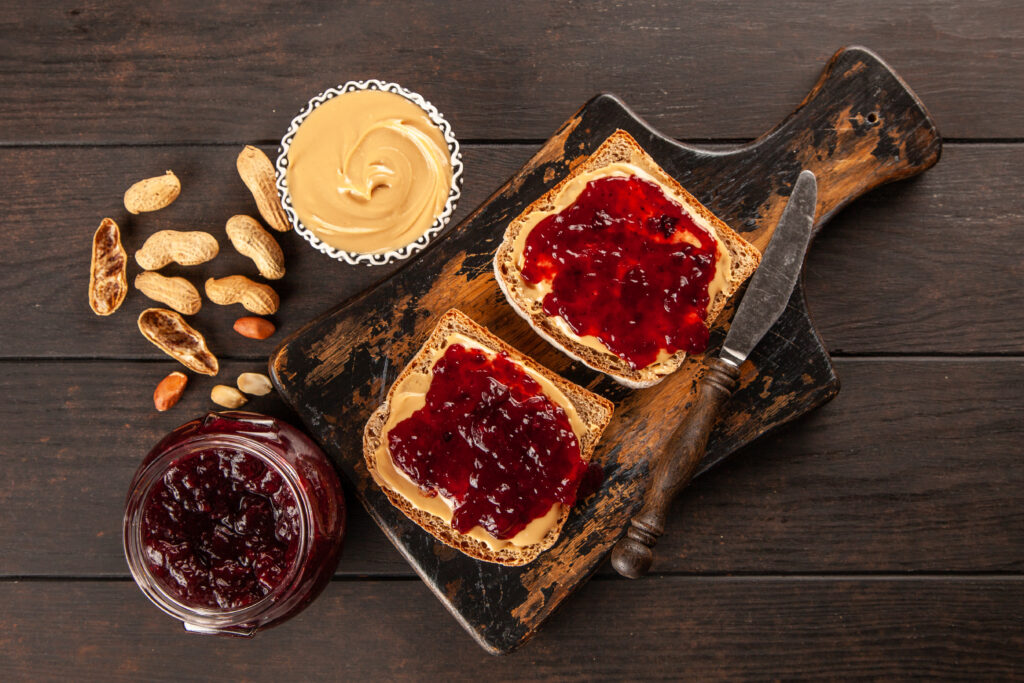
Food has a magical way of transporting us back to simpler times, especially those cherished meals and snacks from childhood. Across different cultures, kids grow up loving unique dishes that stay with them for a lifetime. Read More.

